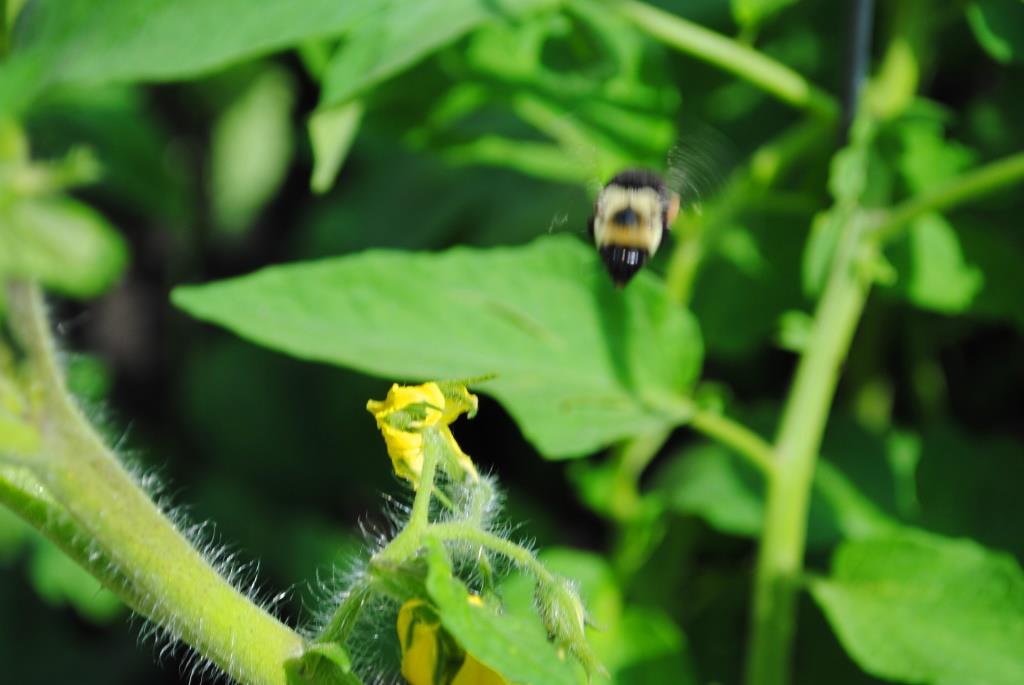 I remember a few years back– before we got into organic yard care at our house– walking into stores like Home Depot and Aco Hardware in the spring and getting excited about the smell of fertilizer in the air. You know what I’m talking about– the Scotts, Miracle Gro, synthetic, chemical smell that infiltrates your nostrils in the lawn and garden section of your favorite hardware store. It used to excite me because back then, to me, that was the smell of new life, it was the smell of spring. Now after several years of going organic in the yard, those smells don’t illicit the same happy feelings. Those smells come from chemicals; they’re dangerous to get on your skin, they’re dangerous to ingest, and so why would inhaling the scent of petroleum-based fertilizers be a positive thing? These days, I get excited about odors that are a bit more organic. When I walk into the Good Sweet Earth workshop, a different set of scents offer up olfactory stimulation– and these scents are all natural-- from nature, not a lab. Here are a few of my favorites: 1) Alfalfa. Is there anything sweeter than the smell of cut alfalfa? We use this wonderful grass as a slow-release nitrogen fertilizer for turf, and there is possibly no finer smell in the entire workshop. Unless you get a whiff of… 2) Black strap molasses. I know the taste isn’t for everyone (it’s pretty strong and bitter), and the smell can be equally polarizing, but I think it’s almost got a smoky scent that makes me think of a cross between a campfire and leather. We use it for brewing Worm Tea (it gives the microbes something to feed on until they arrive in your soil), so when the tea’s a-bubbling, the molasses lightly kisses the air. 3) Bat guano. Now, on its own, this stuff is pungent. You definitely won’t find it in a potpourri bowl on the kitchen counter. But when combined with the alfalfa, the odor does soften quite a bit. And maybe I’m nutty– maybe I’m just like the cattle farmer who becomes accustomed to the smell of cow manure– but my workshop just wouldn’t be the same without the sharp bite of bat guano in the air. And since it’s been partnered so much with the alfalfa in our turf fertilization program, it’s just taken on the aroma of what healthy turf should smell like to me. (And really, once applied to turf, the guano odor is truly overpowered by the sweet alfalfa.) 4) Wet soil. The smell of freshly-harvested Worm Compost has the smell of soil after a good rain, and man, the scent of wet, healthy soil is a smell to behold. There are thousands of pounds of compost constantly being produced by the worms, so this wonderful smell is definitely at the forefront year-round. 5) Kelp extract. We use this as an additive in the Worm Tea for lawns, and it smells exactly how you’d think: like seaweed. It gives the workshop a faint hint of being at the ocean, which is a nice touch. Now all of these items bring new life to soil and provide nutrients to plant life in their special own way– and they all bring a wonderful aroma to the workshop. Sometimes the sense of smell is the first indicator of what lies ahead, and when I’m breathing deeply in the workshop, it makes me think of healthy soil and vibrant flowers, gardens and lawns. The chemical fertilizers smell like death, not life; I feel like I should be holding my breath when I walk by those shelves in the store now. But the alfalfa, the molasses, the guano, the compost, the seaweed– these smell like nature. And isn’t that what we want our yard and garden to smell like? Let’s clear the air and breathe deeply again! Check out our products and services for making your yard and garden more natural and healthy, or contact us as [email protected] for more information.
0 Comments
Your comment will be posted after it is approved.
Leave a Reply. |
